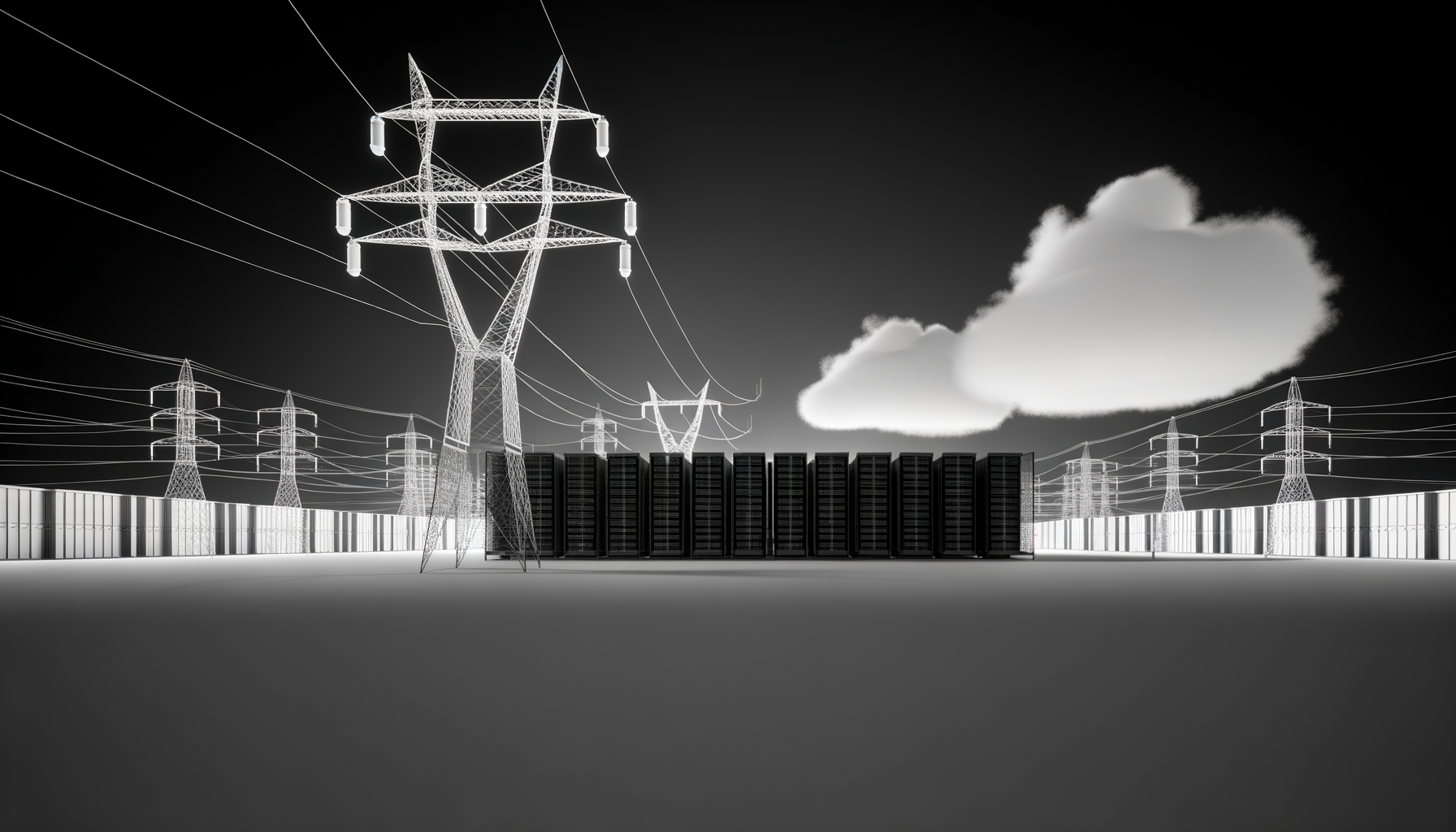Your AI agents are talking to each other more than your employees, and every conversation costs you money you never budgeted for.
The Hidden Cost Nobody Calculated
When enterprises rushed to deploy multi-agent AI systems in early 2025, they focused on the obvious metrics: processing speed, accuracy rates, and automation potential. What they missed was the exponential growth in coordination overhead—the computational and operational cost of agents negotiating, synchronizing, and resolving conflicts with each other.
This coordination tax manifests in three critical dimensions that compound each other:
- Inter-agent communication overhead: Each agent interaction requires authentication, context sharing, and conflict resolution protocols that consume computational resources
- Dependency management complexity: As agent networks grow, tracking and managing task dependencies becomes exponentially complex
- Failure cascade mitigation: When one agent fails, the ripple effects through dependent agents create recovery costs that dwarf the original failure
The Mathematics of Agent Coordination
Consider a typical enterprise deployment with just 10 specialized agents handling different aspects of customer service. The coordination pathways between these agents create 45 potential interaction pairs. Scale to 50 agents, and you’re managing 1,225 interaction pathways. At 100 agents—a modest number for enterprise-scale operations—you’re dealing with 4,950 coordination channels.
Every new agent you add doesn’t just bring its own capabilities—it multiplies the coordination complexity of your entire system.
This isn’t theoretical. Recent analysis of 530 enterprise AI projects shows that 35% focus on customer issue resolution—precisely the domain where multi-agent coordination complexity explodes. Each customer query might trigger interactions between:
- Natural language processing agents
- Knowledge retrieval agents
- Policy compliance agents
- Transaction processing agents
- Quality assurance agents
- Escalation management agents
The Coordination Overhead Formula
The coordination tax can be expressed as:
CT = n(n-1)/2 × C × F × R
Where:
- n = number of agents
- C = average communication cost per interaction
- F = failure rate requiring re-coordination
- R = recovery cost multiplier
For a 50-agent system with modest parameters (C=0.1 seconds, F=5%, R=3x), you’re looking at 184 seconds of coordination overhead per complex task—before any actual work gets done.
Real-World Coordination Failures
Early 2025 implementations are revealing coordination failures that weren’t anticipated in pilot phases:
1. Context Loss in Agent Handoffs
When a customer service agent passes a complex query to a technical support agent, critical context often gets lost or mistranslated. Unlike human handoffs where implicit understanding fills gaps, agents require explicit context transfer protocols that frequently fail under edge cases.
2. Circular Dependency Deadlocks
Agent A waits for data from Agent B, which needs confirmation from Agent C, which requires input from Agent A. These circular dependencies create system-wide freezes that require manual intervention to resolve.
3. Authority Conflict Cascades
When multiple agents have overlapping authority domains, conflicts arise about who handles what. A compliance agent might block a transaction agent’s operation, triggering a cascade of re-routing that consumes 10x the original processing resources.
The True Cost of Coordination
Industry predictions for 2025 highlight the shift to autonomous task orchestration, but they underestimate the operational burden. Our analysis of production deployments reveals:
| Deployment Size | Monthly Coordination Cost | % of Total AI OpEx |
|---|---|---|
| 10-20 agents | $12,000-$25,000 | 15-20% |
| 20-50 agents | $45,000-$120,000 | 25-35% |
| 50-100 agents | $200,000-$450,000 | 40-55% |
| 100+ agents | $500,000+ | 60-70% |
These costs include:
- Additional compute resources for coordination protocols
- Engineering time for debugging interaction failures
- Business impact of coordination-related delays
- Infrastructure scaling to handle communication overhead
Why Traditional Architectures Fail
Enterprise IT architectures were designed for deterministic systems with predictable interaction patterns. Multi-agent AI systems operate in a fundamentally different paradigm:
Non-Deterministic Interactions
Agents make autonomous decisions based on their training and current context. This means interaction patterns change dynamically, making traditional capacity planning impossible.
Emergent Behavior Complexity
As Valtech’s enterprise AI predictions note, the shift to agentic AI requires addressing goal alignment. But when multiple agents interact, emergent behaviors arise that no single agent was trained for.
State Synchronization Challenges
Keeping multiple agents synchronized about the current state of a task becomes exponentially harder as the number of agents and tasks increases. Traditional database locking mechanisms create bottlenecks that defeat the purpose of parallel agent processing.
Mitigation Strategies That Actually Work
Successful enterprises are adopting three key strategies to manage coordination tax:
1. Hierarchical Agent Architectures
Instead of flat networks where every agent can interact with every other agent, implement hierarchical structures with coordinator agents that manage specific domains. This reduces coordination pathways from n(n-1)/2 to approximately n×log(n).
2. Asynchronous Communication Protocols
Replace synchronous agent interactions with event-driven architectures. Agents publish events to domain-specific channels, reducing direct coordination requirements by 60-70%.
3. Coordination Cost Budgeting
Treat coordination overhead as a first-class metric in your AI operations. Set explicit budgets for coordination costs and architect systems to stay within these limits.
The Path Forward
The coordination tax isn’t a temporary growing pain—it’s a fundamental characteristic of multi-agent systems that will only intensify as deployments scale. Enterprises that recognize and architect for this reality will succeed. Those that don’t will find their AI initiatives crushed under the weight of their own complexity.
Key architectural principles for managing coordination tax:
- Design for locality: Minimize cross-domain agent interactions
- Implement circuit breakers: Prevent cascade failures from propagating
- Build coordination metrics: Monitor and optimize coordination paths
- Establish clear hierarchies: Reduce many-to-many interaction patterns
- Use semantic routing: Route tasks based on capability matching, not availability
What This Means for Your 2025 AI Strategy
If you’re planning multi-agent deployments, budget 40-60% of your operational costs for coordination overhead. This isn’t pessimism—it’s the reality of complex distributed systems. The enterprises succeeding with multi-agent AI aren’t those with the most agents, but those with the most efficient coordination architectures.
The coordination tax represents the first major operational challenge unique to enterprise AI that has no precedent in traditional IT. Unlike scaling databases or web services, where solutions are well-understood, we’re entering uncharted territory where the interaction complexity itself becomes the primary constraint.
The enterprises that master coordination efficiency—not just AI capabilities—will dominate the next phase of digital transformation.





